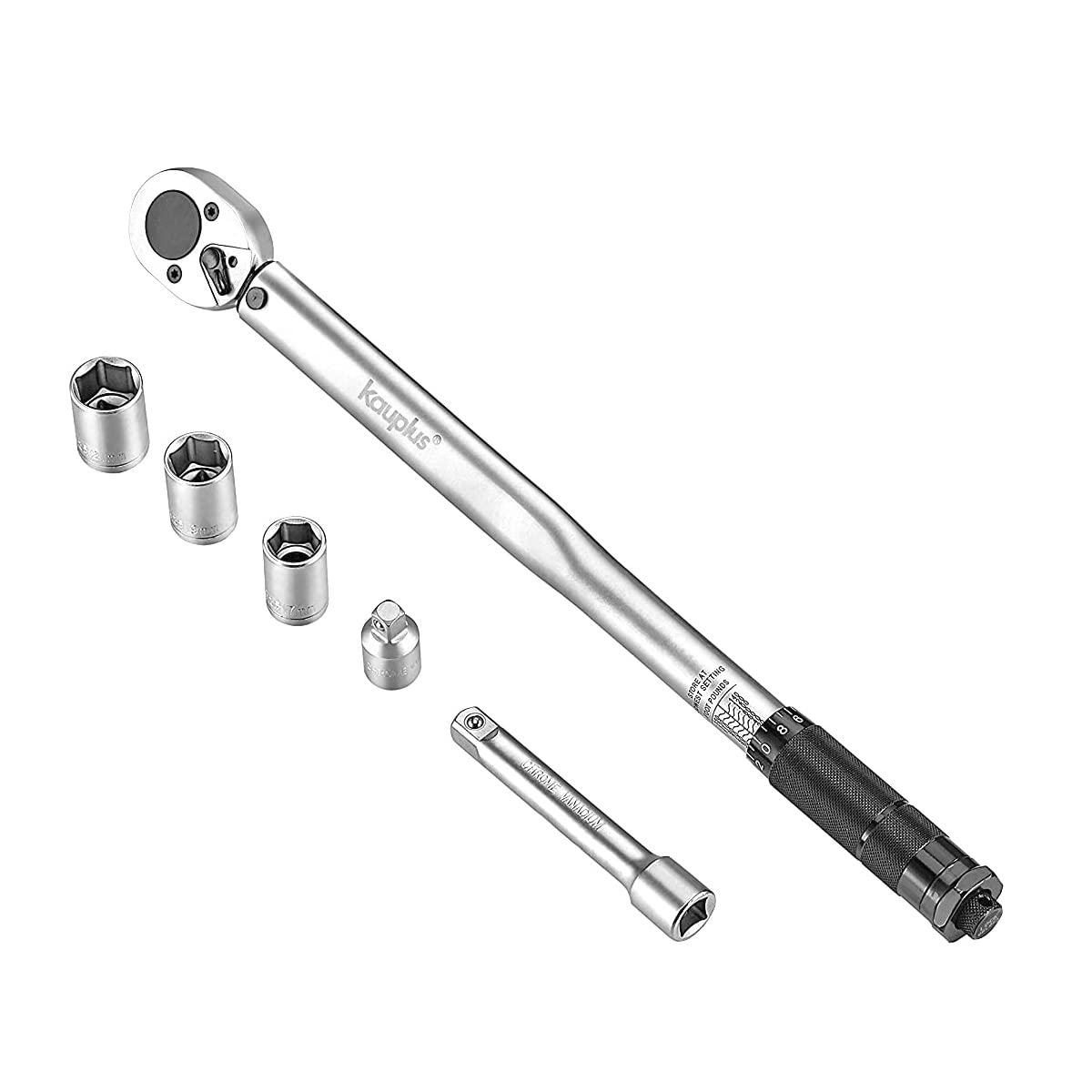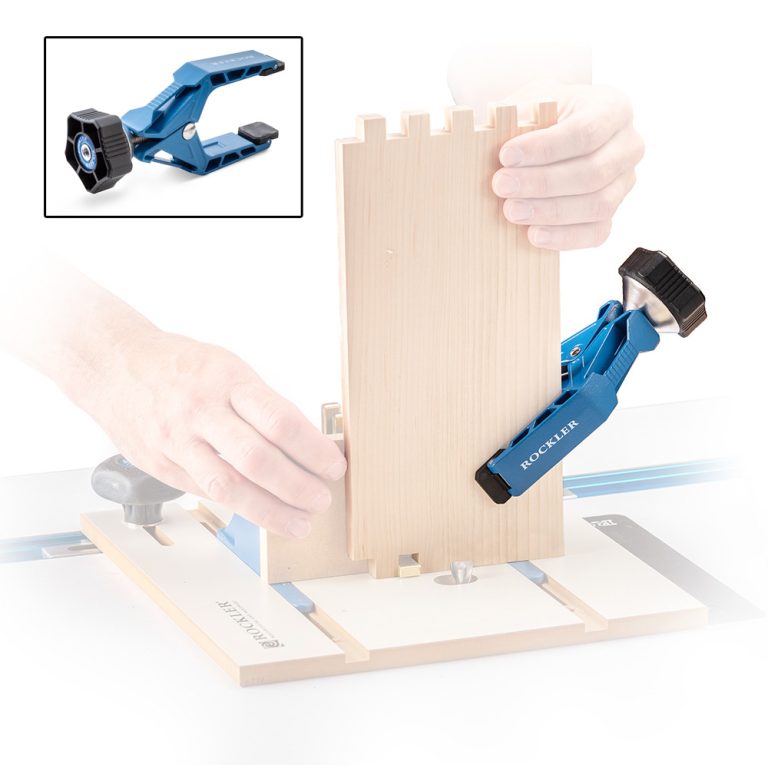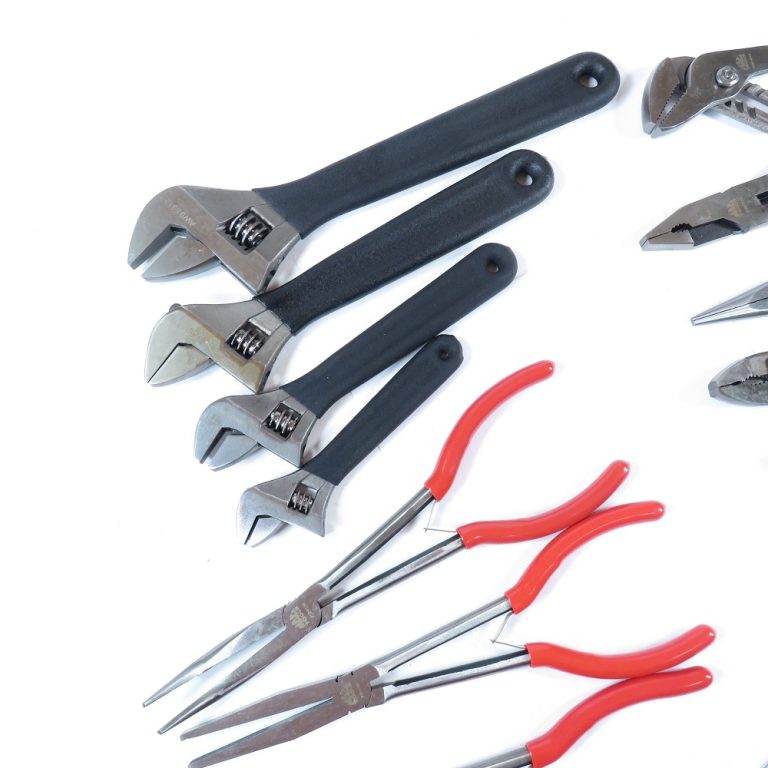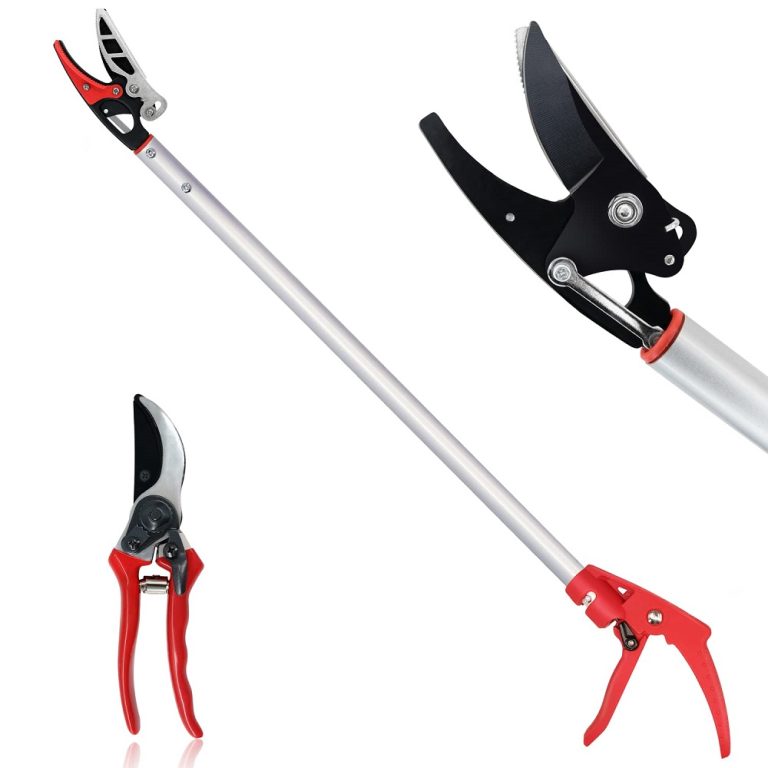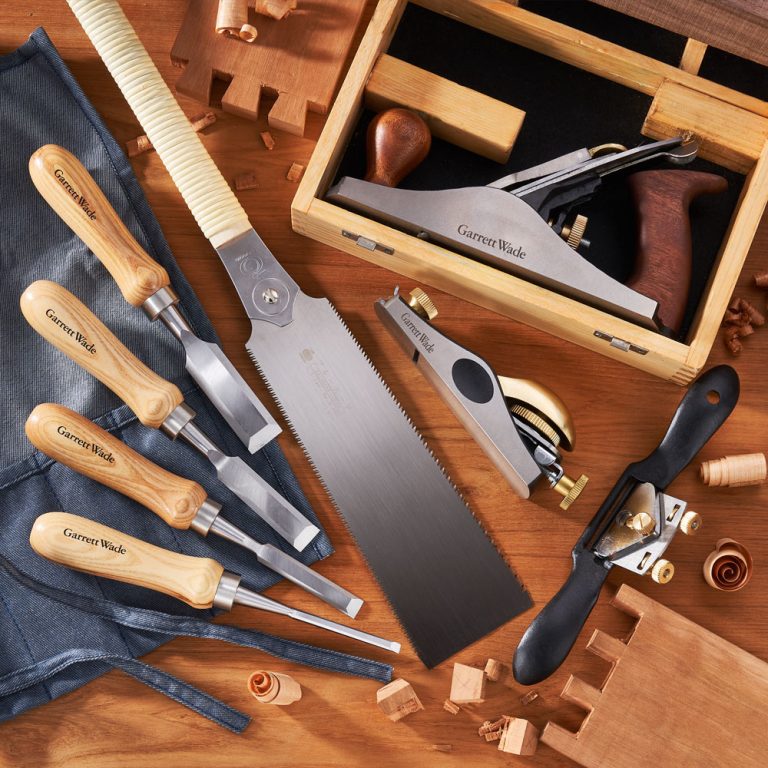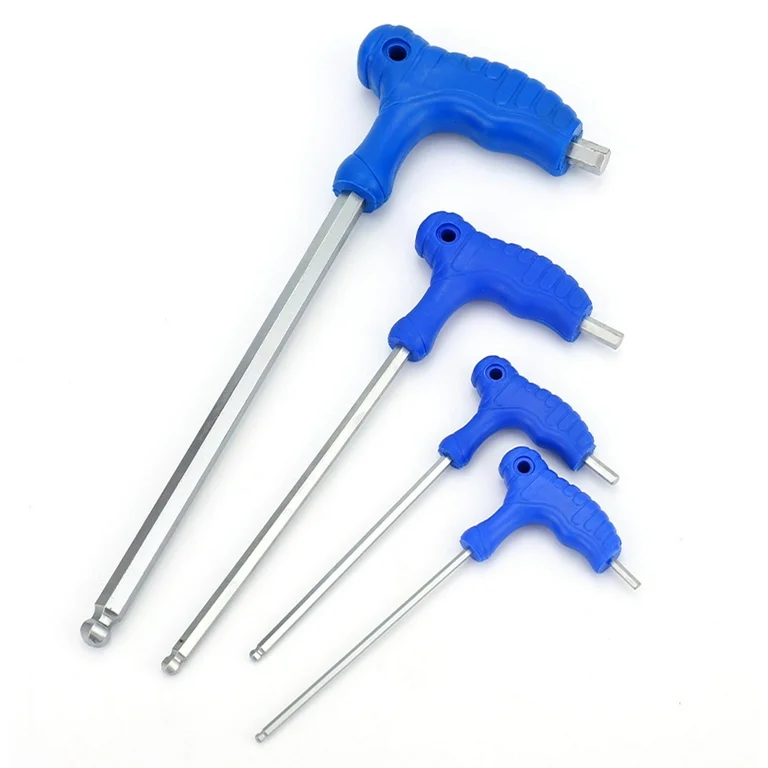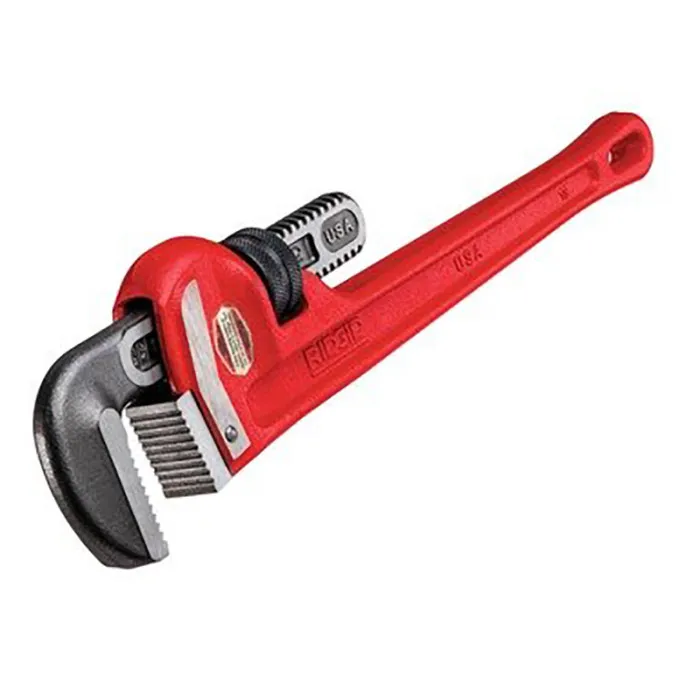Introduction to Torque Wrenches
In the world of precision tools, torque wrenches stand out for their unique purpose. These wrenches measure and apply the exact torque to fasteners, ensuring neither too tight nor too loosely secured bolts or nuts. What is a torque wrench used for? This precision is crucial across many industries, where the right torque can mean the difference between safety and disaster.
Definition and Importance
A torque wrench is a tool that applies a specific torque to a fastener. It’s crucial for jobs requiring precise tightness. Too little torque may cause parts to move or come loose. Too much torque can strip threads or break parts. That’s why using a torque wrench is essential for reliability and safety in assembly tasks.
History and Evolution
The torque wrench dates back to 1918, created to help ensure consistent tightening in water department pipelines. Their use has since exploded, revolutionizing automotive, aviation, and manufacturing maintenance work. These tools have evolved from simple beam designs to sophisticated digital models, reflecting their importance in complex mechanical systems.
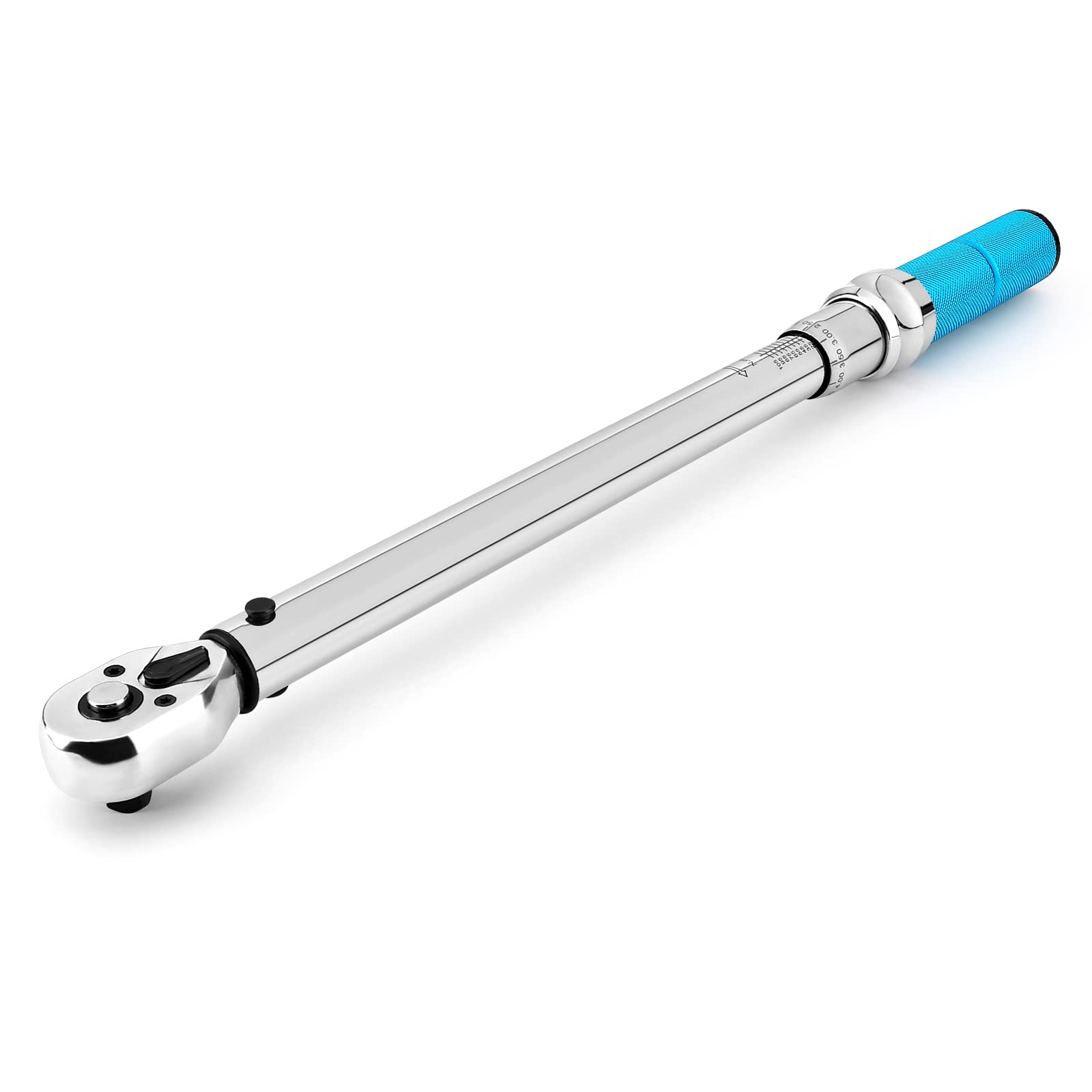
Applications of Torque Wrenches
Torque wrenches are vital tools in many fields and for various tasks. They ensure the correct amount of force is applied to fasteners. This precision is key for safety and optimum performance.
Automotive Industry Use Cases
In the automotive world, each bolt has a set torque value. Mechanics use torque wrenches to tighten engine, suspension, and wheel components. This keeps cars safe and running smoothly.
Aviation Maintenance and Safety
Torque wrenches are crucial for aircraft safety. They ensure bolts and fasteners are tight enough. But not so tight that they cause damage. This careful balance is vital in the aviation industry.
Construction and Structural Engineering
In construction, torque wrenches help secure bolts in large structures. Buildings and bridges rely on this precision. It prevents structural failures and maintains safety standards.
DIY Projects and Home Maintenance
For home projects, torque wrenches are a handy tool. They help DIY enthusiasts tighten bolts accurately. This is important for tasks like furniture assembly and home repairs.
Types of Torque Wrenches
Torque wrenches come in various styles, each designed for specific uses and preferences. We’ll explore some common types and their unique features.
Click-Type Torque Wrenches
These wrenches make a clicking sound to signal that you’ve reached the set torque. They are easy to use, making them popular for automotive and construction work.
Beam Torque Wrenches
Beam wrenches have a simple design with a visible scale for reading torque. They’re durable and suited for tasks where precise torque is less critical.
Digital or Electronic Torque Wrenches
These wrenches have digital displays for exact torque readings. They can store data for quality control and often alert users with sounds or lights when reaching the desired torque.
Dial Torque Wrenches
Dial wrenches have a needle and dial to show torque in real-time. They are accurate and ideal for quality control in industries like aerospace and automotive.
Hydraulic Torque Wrenches
Hydraulic wrenches use fluid power to apply high torque. They excel in industrial settings, including power plants and heavy machinery maintenance.

How Torque Wrenches Work
Torque wrenches allow precise tightness on bolts and nuts. This ensures parts stay secure and prevents damage.
Mechanisms and Measurements
Each torque wrench type has its own way of showing when the right torque is reached. For click-type torque wrenches, a sound is heard. Beam wrenches use a scale that bends as torque is applied. Digital ones show torque on a screen and often make a sound or light up when set torque is hit. Dial wrenches have a needle that points to the torque value.
Calibration and Maintenance
To keep torque wrenches accurate, they need regular checks and adjustments. This is called calibration. Users should have their tools calibrated by experts at least once a year. More often if used a lot. Proper care and storage are also key. Wrenches should be kept in a dry area and set to a low setting when not in use. This helps keep them working well.
The Importance of Correct Torque Application
Proper torque application is vital in many mechanical tasks. It helps avoid under-tightening and over-tightening, which can lead to failures or accidents.
Effects of Under-Tightening and Over-Tightening
Not applying enough torque may cause bolts to loosen over time. This can result in parts moving or detaching. This is dangerous, especially in machinery or vehicles. Applying too much torque can strip bolts or damage parts. It can also make future adjustments difficult.
Ensuring Mechanical Reliability and Safety
Using a torque wrench correctly ensures a strong, reliable joint. This maintains machinery integrity and safety for operators. Firms can avoid costly repairs and downtime. It’s key for jobs that affect public safety, like in construction or aviation.

Tips for Using a Torque Wrench
Proper use of a torque wrench is key to getting precise results.
Selecting the Right Wrench
Choose a wrench that fits the fastener size and required torque range. Make sure it’s calibrated and in good condition.
Setting and Achieving Desired Torque
Adjust the torque wrench to the needed setting, following the manufacturer’s guidelines. Tighten the fastener until you reach the set torque. For click-type wrenches, stop when you hear the click. For dial wrenches, watch the needle and stop at the right mark.
Safety Precautions and Best Practices
Wear safety gear, like gloves and goggles, when using a torque wrench. Don’t go past the set torque to avoid damaging the fastener or tool. Store your wrench properly when not in use to keep it accurate and ready for the next job.
Calibration and Care for Torque Wrenches
Proper maintenance of torque wrenches is crucial for their performance. Regular calibration and careful storage extend their life and ensure accuracy.
Calibration Frequency
Calibration is key for torque wrench precision. It verifies the tool’s accuracy. Manufacturers often suggest calibration after 5,000 uses or annually. Heavy users may need more frequent calibration. Consistent calibration prevents faulty readings and maintains tool reliability.
Storage and Handling
Store torque wrenches in a controlled environment. Keep them away from extreme temperatures. Humidity and condensation can damage the tool. Always return the wrench to its case after use. Set the torque to its lowest setting but not zero. This protects the internal mechanism. Wipe the wrench clean before storing to prevent grime build-up.
The Role of Torque Wrenches in Precision Work
After exploring the intricate world of torque wrenches, it’s clear these tools play an essential part in precision work. A torque wrench is not merely a tool; it’s the gatekeeper of safety and effectiveness across diverse fields of work.
Torque wrenches are indispensable for ensuring the exact level of force is applied to fasteners. This precision safeguards against fasteners being too loose, which can lead to parts breaking or detaching. It also guards against over-tightening, which can cause damage to the fasteners or the materials they secure. For precision work, the role of these tools is unmatched.
The Investment in Quality and Safety
Investing in a high-quality torque wrench means committing to the longevity, reliability, and safety of your machinery. The proper use and maintenance of torque wrenches contribute to operational excellence. This includes regular calibration to guarantee accuracy. With the right care, such a tool ensures that safety is never compromised, whether you’re a professional or a home DIY enthusiast.
In summary, torque wrenches are vital for accurate and safe work. When you use one, you ensure the integrity of your project. So remember, always select the right torque wrench, set and achieve the correct torque, and follow safety best practices. This way, you invest in the success of your work and the safety of those around it.
Conclusion
In conclusion, a torque wrench is an indispensable tool for anyone serious about mechanical work, automotive repair, or DIY projects. By providing precise measurements of torque, it ensures that fasteners are tightened to the manufacturer’s specifications. This precision not only prolongs the life of mechanical components but also boosts safety by preventing under or over-tightening.
Firstly, using a torque wrench can greatly enhance the performance of machinery and vehicles. When components are properly torqued, they function more effectively, reducing wear and tear over time. Additionally, this adherence to recommended torque levels helps maintain warranties, as improper assembly can often nullify product guarantees.
Moreover, employing a torque wrench can save you money in the long run. By ensuring that parts are secured correctly, you reduce the risk of costly repairs down the line. Imagine your vehicle’s lug nuts being loose while driving; that could lead to catastrophic failure and expensive fixes. Clearly, investing time into learning how to use a torque wrench can lead to significant financial savings.
Furthermore, the skill of using a torque wrench is transferable across various applications, from bicycles to home appliances. As you become more adept at this, your confidence grows, enabling you to tackle increasingly complex tasks.
Finally, understanding how to properly use a torque wrench elevates your craftsmanship, making your work not just functional, but also beautifully executed. Whether you’re a seasoned mechanic or a novice DIYer, integrating a torque wrench into your toolkit is a smart move. Ultimately, enhancing your skills with this essential tool can lead to more successful projects, increased safety, and an overall greater respect for the art of mechanical assembly.

